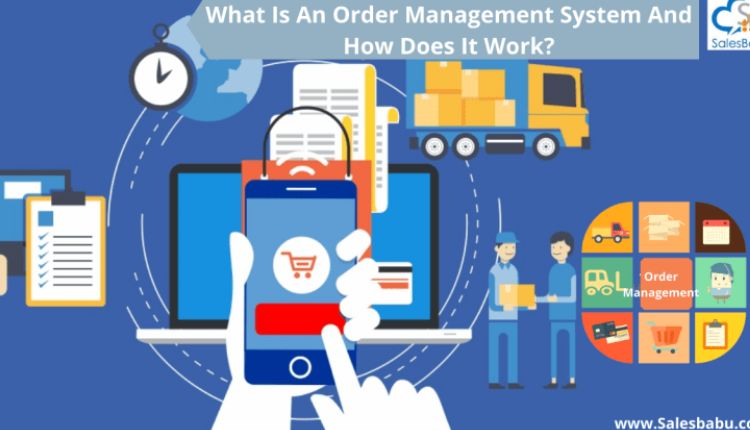When starting a business, you probably won’t be thinking much about how to handle orders as your business grows. But as the order quantities escalate, it becomes harder to handle everything manually without risking customer experience. The best solution? Adding some level of automation to your order management and fulfillment process.
An Order Management System (OMS) is the perfect way to streamline your order management and fulfillment processes so you can maximize resources and guarantee your customers the best shopping experience.
When selecting one, consider the following:
1. Omnichannel Capabilities
These are no longer the days when multi-channel marketing approaches would work wonders for businesses. If you want to increase your chances of succeeding in business, try to offer an omnichannel experience to your customers. An omnichannel model places focus on the customer’s needs rather than on the product. Therefore, an OMS that is omnichannel-based makes it possible to buy, fulfill, and return anywhere.
The best thing about such an OMS is that it gives customers a seamless experience and makes your work (as a retailer) easier since you can manage orders from different channels in one place. Deck Commerce is the top order management system for eCommerce businesses that want to enhance their omnichannel capabilities and enjoy better customer lifetime value (CLV) figures.
2. Ability to Support Integrations
An order management system isn’t typically the first system that your business adopts. You probably are already using online sales channels or eCommerce platforms, accounting or warehouse management systems, and other software tools that may not be connected. An OMS, however, is different since it unites almost all your business’ major departments.
Therefore, it’s vital to get one that is compatible with the existing systems so that data can flow freely between these platforms. A good order management system will come pre-built with integrations and if not, it will support the option to create such integrations when the need arises.
3. Automated Order Routing
Automating the order routing stage of an order management process can help you save a lot of time and money. An OMS that has this capability processes the order information and checks inventory against fulfillment centers then, guided by the inputs you fed, routes the order automatically. All this will be happening “in the background”, allowing your employees to focus on alternative tasks.
In addition to routing the orders conveniently for your customers, your OMS will give you lots of flexibility and authority as a merchant. You can route orders between warehouses, dropshipping vendors, brick-and-mortar stores, and other connected parties in a way that helps you maximize profitability and control while guaranteeing the best customer experience.
4. Real-Time Information Synchronization
Having access to real-time data and information is crucial to making the right business decisions. Additionally, ensuring that similar data exists between the different endpoints of your systems helps a lot in maintaining accuracy and consistency – something you never want to assume will happen automatically.
The slightest delay in data synchronization can create room for errors. A good example would be a data lag that makes an item look like it’s available even though, in reality, it’s already out of stock. Such occurrences will potentially result in a negative customer experience or even high churn rates.
5. Ability to Scale With the Company
A good OMS grows with your business and should be designed to meet the extensive needs of your business for the long haul. It should never place limits on users, fulfillment options, integrations, warehouses, customer support, or order volumes.
In addition to serving as a foundational element of eCommerce and other retail businesses, it should adapt to changes so you can make business decisions with the confidence that the OMS will expand and adjust as needed.
6. Analytics and Reporting
As you make business decisions, it’s always important to ensure they are based on present and historical data. The OMS you pick should offer comprehensive analytics and have powerful summary and reporting capabilities so you can identify areas that may require change easily.
It should have the option to generate frequent reports and dashboards that give deep insights into order fulfillment rates, sales trends, inventory performance, customer behavior, and other KPIs.
Optimize Your Order Management Processes With Deck Commerce
The retail industry presents an assortment of challenges requiring creativity, discipline, a strategic vision, and a great drive to succeed. On the positive side of things, powerful tools exist to help you conquer such challenges, no matter how dynamic they may seem. An Order Management System (OMS) can be one of those tools.
With a best-in-breed OMS from a stellar provider like OMS, it’ll only be a matter of time before you start enjoying vastly improved operations.
Keep reading such informative content at bhtnews.com

